
Innovations in the summer
From 1 July, Ukraine will adopt a new voltage standard. The nominal voltage in household sockets will rise to 230 volts. This transition will be implemented gradually, without an abrupt increase in voltage. The process will be managed by regional power distribution companies.
The new standard will replace the 220 volts long familiar to Ukrainian consumers. The decision to change was agreed by the National Energy and Utilities Regulatory Commission (NEURC) at the end of April. It is not subject to reversal – nor, importantly, are there any grounds for doing so.
Regional power distributors have been instructed to notify consumers about the change. Nevertheless, it is technically impossible to maintain a strictly constant voltage level. According to the new national standard, voltage will be allowed to fluctuate between 207 and 253 volts – meaning deviations of no more than 10%.
“Sometimes, regional power distribution companies may be reluctant to implement this change. They must now maintain the voltage within a narrower margin, which can be technically challenging – especially in overloaded networks. In the past, 200 volts was not considered a deviation, but under the new standard it will be,” explained Vadym Lytvyn, Chairman of the Association of Energy Auditors of Ukraine.
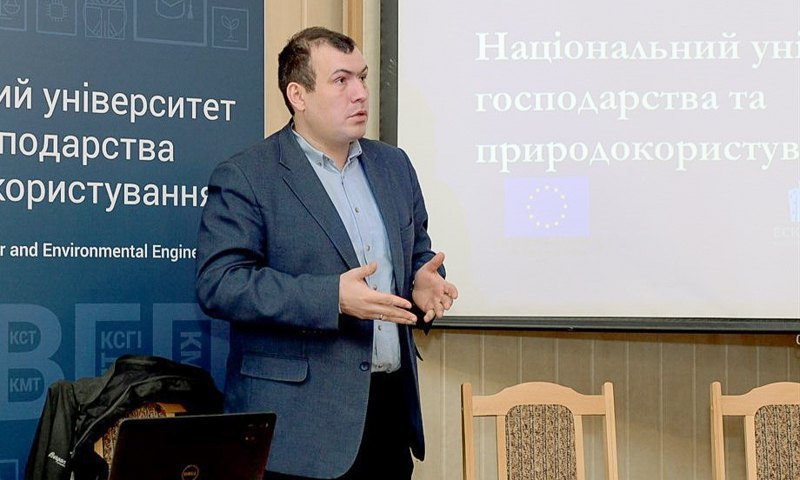
Ukraine is not introducing anything unfamiliar to European consumers – such voltage variations are both safe and permitted within the European Union.
Benefits for consumers
The shift to a higher voltage standard may prove beneficial for consumers, as it could reduce electricity consumption. At higher voltages, appliances operate more efficiently. Moreover, transmission losses decrease as voltage increases, leading to improved system-wide energy efficiency.
The adoption of the 230-volt standard marks one of the final steps in aligning Ukraine’s power grid with that of continental Europe. It reflects not only technical harmonisation but also a broader move towards European integration, fulfilling Ukraine’s commitment to adopt EU energy standards.
“Transformers can already deliver this voltage – no hardware replacements are necessary. We will simply adjust the settings used to regulate voltage,” said Oleh Senyk, Director of Asset Management at Pruvarpattya Power Company.
In fact, since the technical synchronisation with the European grid in March 2022, some Ukrainian regions have already been operating with an average voltage of 230 volts in sockets. There have been no significant malfunctions, accidents, or widespread equipment damage.
A step towards market unification
Starting from 1 July, it will become easier for European equipment manufacturers and distributors to operate in Ukraine. With voltage levels unified, the certification of imported devices will be faster and more affordable.

“Why have we done this? Because 230 volts is the European standard we are finally aligning with. You and I may not notice much difference – but the equipment will. Devices designed for this voltage will now function optimally, with reduced risk of overload, fewer breakdowns, and less frequent repairs,” explained Serhiy Kovalenko, CEO of an electricity supply company.
Should consumers prepare for the voltage increase?
Consumers are unlikely to notice any changes from 1 July, according to assurances from the NEURC. The new voltage standard will not lead to higher electricity tariffs.
Nor will the 230-volt supply pose a threat to household appliances – at least not those manufactured within the last two decades, which are already designed to operate within this voltage range.
“Many people in Ukraine have already been living with this voltage for a long time. The system is constructed in such a way that those located closer to transformer substations receive a voltage of around 250 volts, while those further away may receive around 210 volts. However, all of this remains within the permitted range,” explained Vadym Lytvyn.
Even older appliances are generally capable of handling 230 volts, except in cases where equipment was produced before the 1990s – in which case it is advisable to have it inspected by a specialist.
Each appliance’s acceptable voltage range is listed in its technical documentation. In most cases, this range is quite broad – often from 180 to 260 volts.
Difficulties may arise with substandard equipment, such as counterfeit products or devices repaired in unlicensed workshops –particularly where key components have been replaced. Consumers are advised to remain vigilant in such cases.
There is also no need to upgrade in-house wiring systems. Existing domestic networks are already equipped to handle the new voltage.
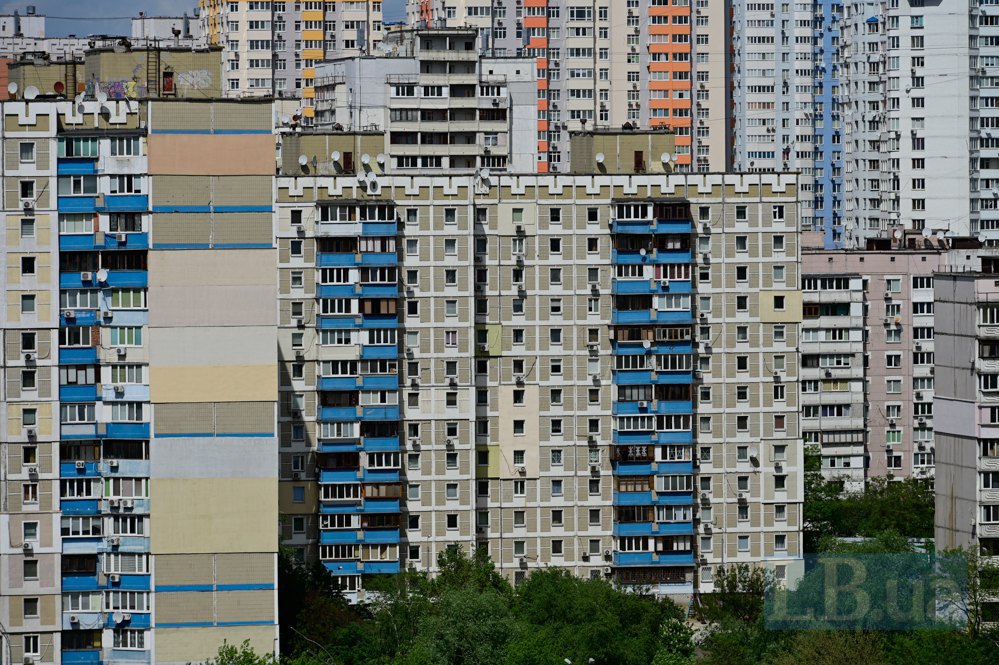
“The wiring within residential buildings is designed to handle voltages exceeding 1,000 volts,” noted electrical engineer Anatoliy Hychka.
Whether or not to install voltage stabilisers remains a personal decision. The NEURC has emphasised that the increase in voltage from 1 July is safe, and therefore does not warrant concern. On the contrary, the new standard should help reduce the likelihood of sharp voltage fluctuations in the grid.
“I have a device that stabilises the voltage throughout my flat – simply because I’m aware of the condition of our local power network and the risk of sudden voltage shifts. I wanted to be sure that nothing would burn out. But this decision is unrelated to the change in voltage standard,” explained Oleksandr Kharchenko, Director of the Energy Research Centre.
If power supply companies fail to meet the new voltage standard, consumers are entitled to file complaints. The most effective approach is to contact a specialised laboratory that can assess the voltage level in sockets and provide a written report.
Should a consumer suffer material loss – such as damage to appliances – they have the right to claim compensation. The claims process may be lengthy and bureaucratic, but it remains a viable legal option.
Consumers may also lodge complaints regarding the conduct of power suppliers directly with the national regulator, the NEURC.
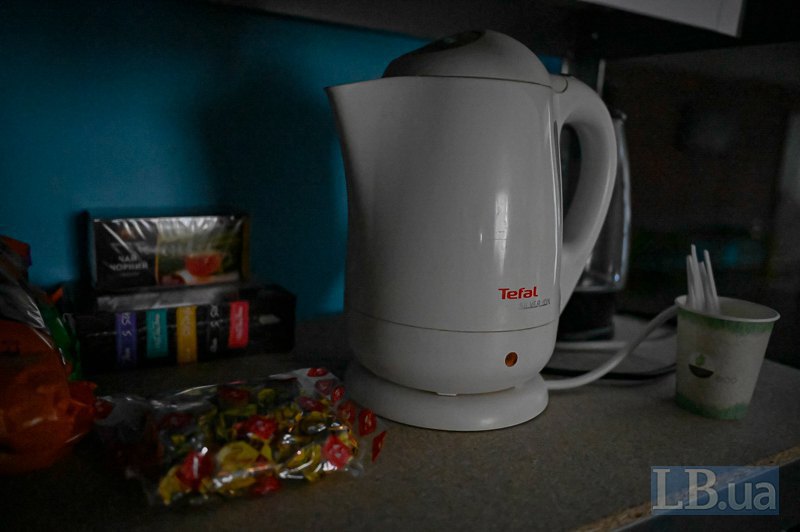
Challenges lie beyond voltage adjustments
Three of Ukraine’s nine nuclear power plants (NPPs) are currently undergoing scheduled maintenance and are not producing electricity. This planned maintenance campaign began in early spring.
Difficulties, however, are emerging in other areas of electricity generation. Hydroelectric power output has been restricted due to unusually low river water levels. Solar energy production has also declined – primarily a result of persistently overcast weather.
Energoatom developed the nuclear repair schedule in advance, taking into account a range of risk factors. Typically, a single NPP unit remains offline for repairs for approximately six weeks.
“There are indeed risks of returning to the summer electricity outage schedule. Nuclear power plants are the backbone of our electricity generation – their units account for more than 50% of production. It is crucial to have five or six units in operation during the peak summer months,” said Volodymyr Omelchenko, Director of Energy Programmes at the Razumkov Centre.
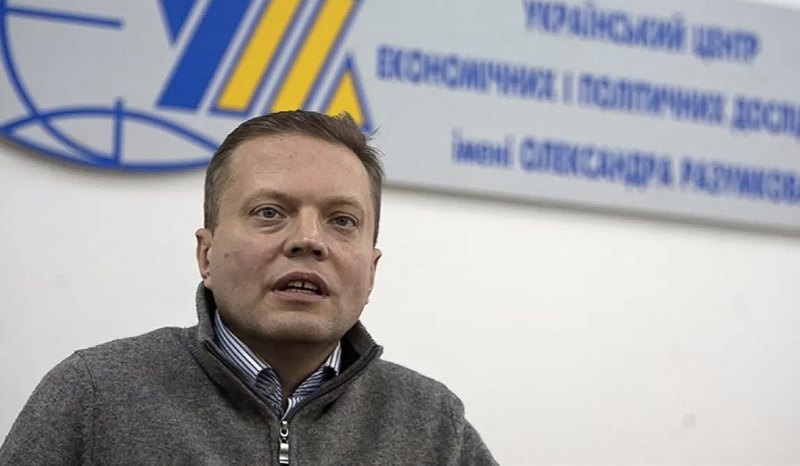
Electricity consumption in summer peaks in July and remains high until mid-August. Last year, this period was marked by extreme heat. Rolling blackouts were introduced, caused by the destruction of parts of the national power grid by Russian forces and the ongoing maintenance of nuclear power plants. At times, power outages lasted up to 20 hours per day.
The Ukrainian Hydrometeorological Centre has stated that it is still too early to make reliable weather forecasts for the upcoming summer.
“At present, energy consumption is minimal, making this the optimal time for scheduled repairs. The timetable itself remains classified, which I believe is a prudent decision. The objective is to ensure that the public is impacted as little as possible by the maintenance campaign. Lessons from last year have been considered. Therefore, I remain optimistic – unless we see another massive wave of attacks on the power system, I do not anticipate any major issues this summer,” said Oleksandr Kharchenko.
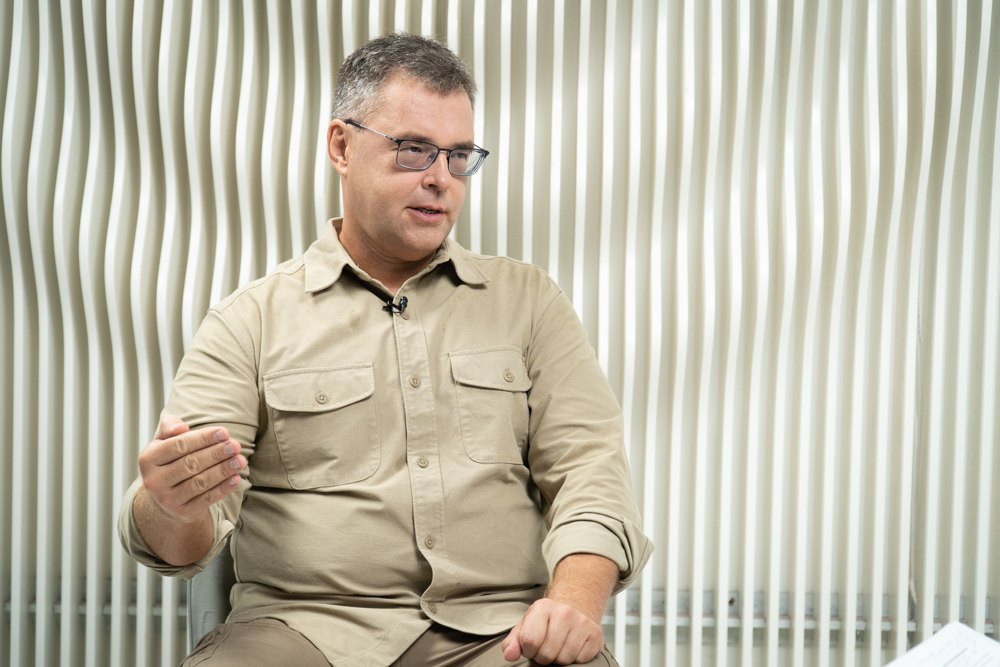
In recent days, however, the weather in Ukraine has been significantly cooler than usual. The average daily temperature is three to five degrees below the seasonal norm. This has led to increased gas consumption, slowing the rate of gas injection into underground storage facilities.
“Ukraine has resumed gas imports through Slovakia – a positive development, as substantial imports will be necessary to build up reserves for the winter. Previously, supplies arrived via Hungary and Poland. However, the more affordable Hungarian route has now reached capacity, forcing suppliers to use the more expensive Slovakian option,” said Serhiy Makohon, former head of the Ukrainian Gas Transmission System Operator.
The government’s target is to inject 13.6 billion cubic metres of gas into underground storage facilities by 1 November. Domestic production alone will not suffice. Authorities will need to spend over €2 billion on fuel imports – approximately 4.5 billion cubic metres in total.
According to experts at the Razumkov Centre, achieving this volume in time will require tripling the current rate of daily gas injection. Their analysis also indicates that Naftogaz will need at least €1 billion to procure the necessary gas from abroad.
Meanwhile, the issue of penalties imposed on gas producers remains unresolved. The Ministry of Energy and the National Energy and Utilities Regulatory Commission have yet to meet the industry’s demands or cancel the fines. These penalties relate to non-compliance with gas quality standards. However, many companies are unable to meet these standards – in part due to the destruction of complex gas treatment infrastructure during Russian missile attacks.








